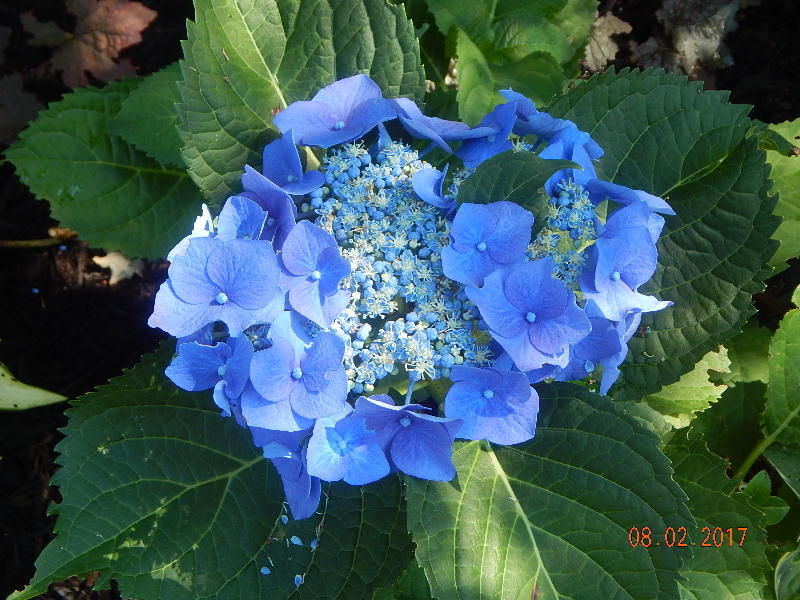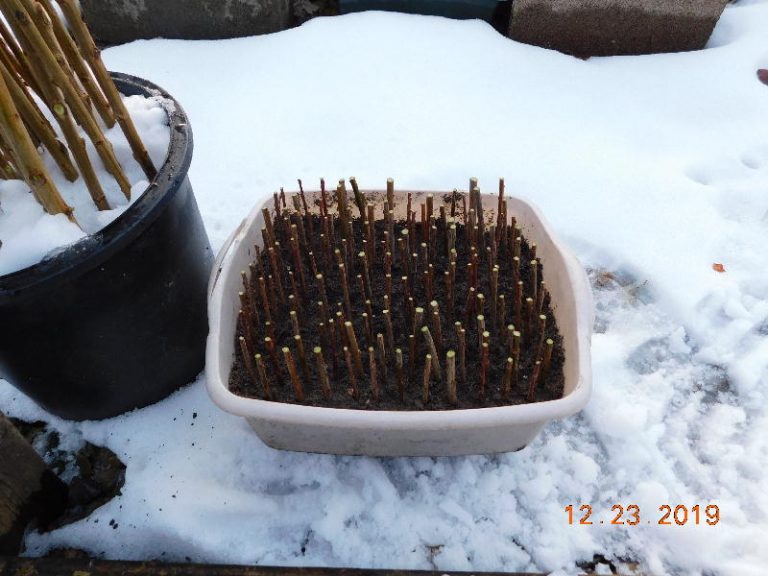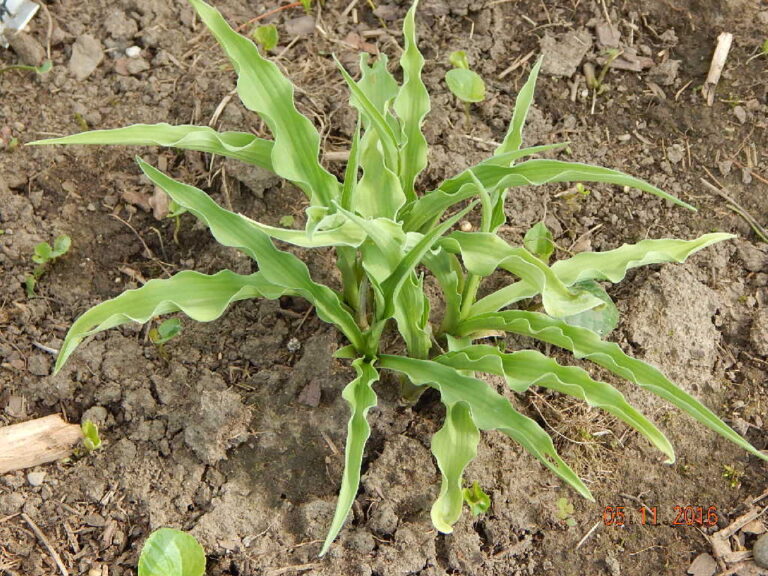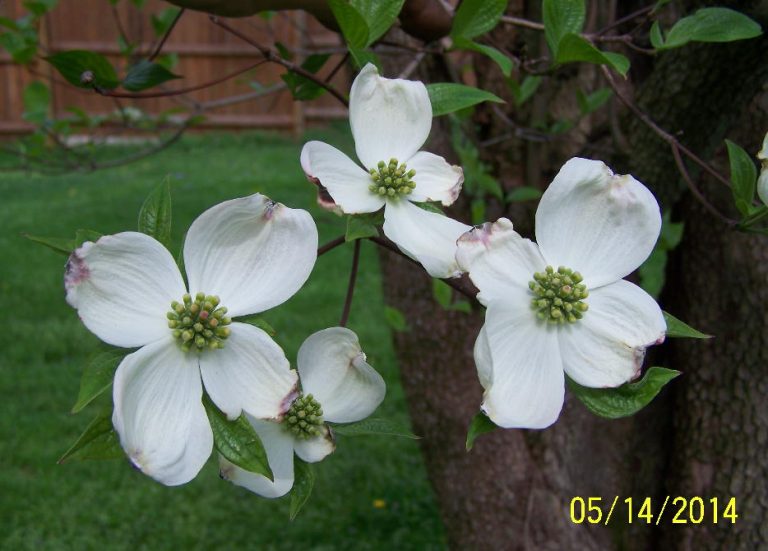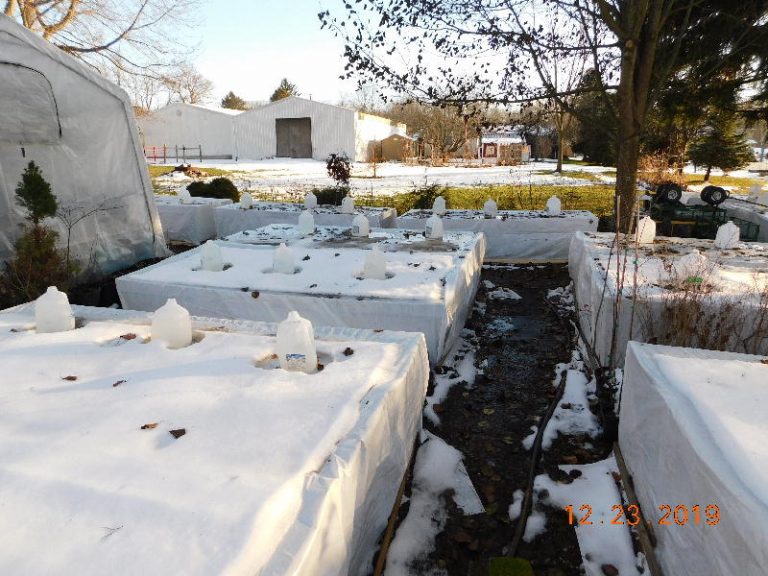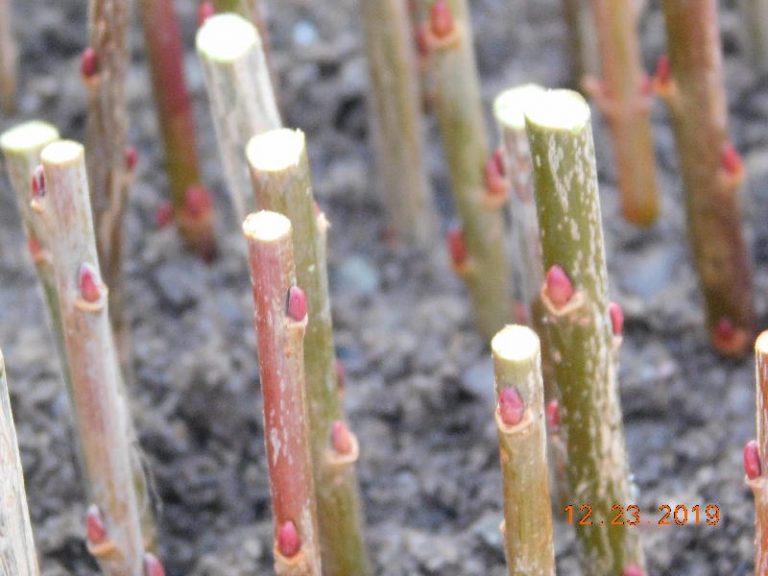Pruning Hydrangeas
Pruning Hydrangeas
Pruning Hydrangeas seems to be one of the great mysteries in the gardening world. Do I prune them in the winter? Should they be pruned after they bloom? Do they even need to be pruned? The list goes on and on.
You may be surprised to know that the answer to those questions is “Yes”. Well almost. It all depends on the kind of hydrangea that you have.
Believe it or not, there are several different families of hydrangea. Some even have similar looking flowers. The leaves may even look similar. I will try to show you some of the ones I grow here in my yard. Each has its own characteristics.
- Macrophylla Hydrangeas
- Paniculata Hydrangeas
- Arborescens Hydrangeas
- Serrata Hydrangeas
- Oakleaf Hydrangeas
- Climbing Hydrangeas
Macrophylla Hydrangeas
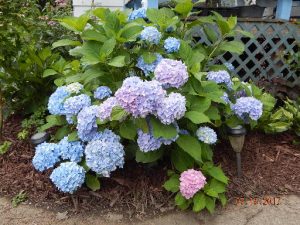
This is probably the most popular family of hydrangea. It is also the most misunderstood and cursed at. People fall in love with the pictures of the big round balls of blue, pink, or even purple flowers.
They may have even bought a nice sized plant with several flowers blooming on it already. The large green leaves make them a must-have plant.
They plant it in their favorite spot and enjoy it as fall arrives and the flowers dry to a tan color. They do make excellent dried flowers. Along comes the next year and their hydrangea gets all nice and leafy. But where are those really cool flowers?
Nikko Blue, All Summer Beauty, and David Ramsey are some of the varieties growing here in our yard. Some years there are lots of flowers, other years not so much. It all depends on the previous winter.
There are usually 2 possibilities for this problem. The first is the fact that these make the flower buds for the coming year during the fall. If the winter weather is too extreme for them, it can kill those buds. The plant itself is plenty hardy to handle it, but not the buds. Usually hardy down to zone 5.
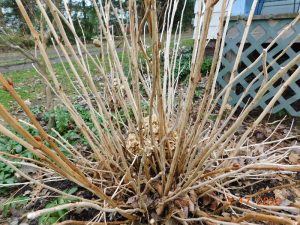
The second possibility is that they may have figured the plant needed pruning after it went dormant. Oops, there went the buds.
Pruning hydrangeas in this famiy at the wrong time makes a dramatic difference in flowering. These hydrangeas should be pruned right after they have finished blooming if you are going to prune them.
I don’t prune mine, but I wait until the following season to remove the stems that have suffered winter damage. I wait to do this until after the plant has put out most of its leaves. The dead stems are the obvious white ones that aren’t putting out leaves.
I get asked this question more than any other. Why doesn’t my hydrangea bloom? These are the 2 answers that I give them. Wanna know a cool tip? Try planting these hydrangeas on a northern exposure. They manage winter weather better that way.
Paniculata Hydrangeas
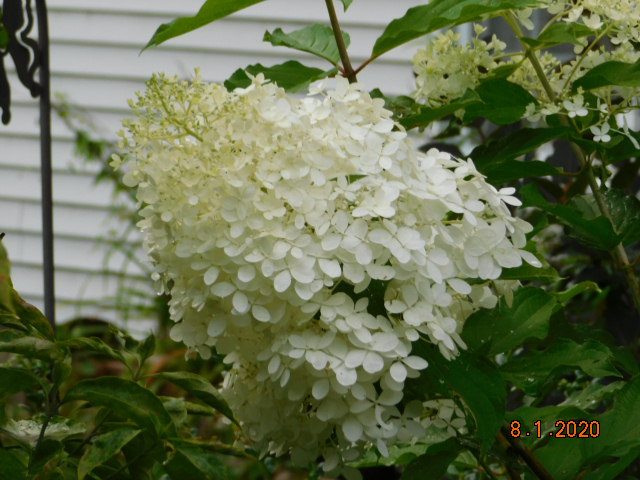
This is one of the most dependable blooming hydrangeas. But that dependability comes with a trade-off.
The flowers are almost always a shade of white that fades to a pink or tan as it ages. They take more sun than most hydrangeas as well.
The flowers on most of these are more conical in shape. They can also be pretty large in size.
This family is the one that can be made into a taller singular shape. They are sold as tree-form hydrangeas because of their single trunk and bushy flowering top.
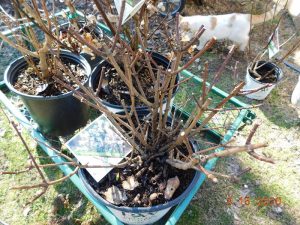
Pruning hydrangeas like these is pretty simple. They bloom on the ends of the current season’s growth. That means that they can be pruned as late as early spring and still put on a dependable flowering show.
Phantom, Pink Diamond, Unique, PG, and Tardiva are just some of the ones grown here. I also grow several of them as taller tree-form versions.
I like to do mine while they are still dormant in late winter. That way the cuts aren’t exposed to the winter weather.
By pruning these back to just a short distance of growth from the previous year, they will grow fuller and bushier with multiple branches coming from the node right below your cut. This is best made about a quarter of an inch above a node. They will look pretty chopped, but they will reward you with plenty more branches that can grow into a flowering bud.
Arborescens Hydrangeas
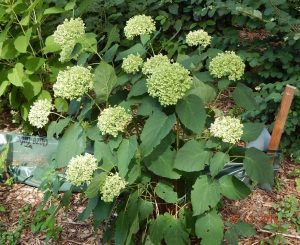
This family is growing in popularity in recent years. More and more varieties are being introduced every year it seems. This is the smooth leaf family.
This is a native hydrangea in the United States. These bloom on this season’s growth as well. Annabelle is the one grown here.
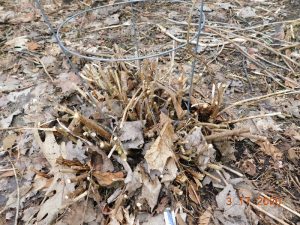
These hydrangeas like to grow in partial shade. The flowers are usually white and can be almost a foot in diameter.
The big downside to these is their weaker stems. They often flop over under the weight of their huge flowers, especially wet. Some kind of support is recommended. I use tomato cages around mine.
Pruning hydrangeas in this family couldn’t be any easier. Since they bloom on new growth, I cut mine off at about 5 or 6 inches every year. Late winter is best since it protects the cut ends from winter. This also makes them send up additional stems, making the plant larger and fuller.
Serrata Hydrangeas
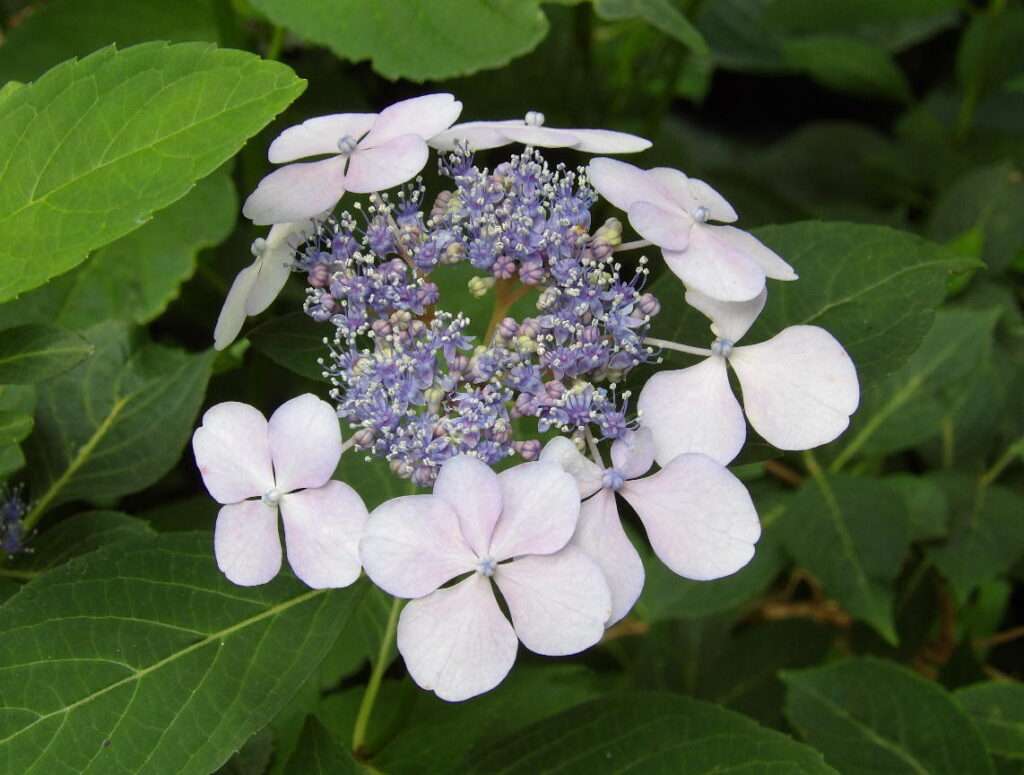
These are not as common in the marketplace like the others. They are mountain hydrangeas native to the far east. They have sawtooth edged leaves.
The leaves are smooth and smaller than other hydrangeas. The flowers are what really sets them apart. They are a flat cluster of large petals surrounding a large grouping of tiny petals in the center. Bluebird is awesome!
Pruning hydrangeas like these right after they have finished flowering is better. They are similar to the macrophyllas in the fact they produce next year’s buds in the fall. The good thing is, they are hardier and the buds can take more of what winter has to offer.
I prefer to prune hydrangeas like these after the new growth has filled out. I only remove the dead and damaged stems from earlier years. They stay fairly small on their own and don’t need much pruning for size.
Oakleaf (quercifolia) Hydrangea
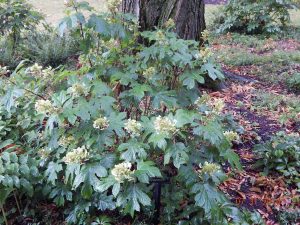
These are native to the southeastern areas of the United States. The leaves are very large and, you guessed it, shaped like oak leaves. I grow several here like Ruby Slippers, Munchkin, and Snow Queen.
They really prefer more shady areas, especially under some high shade trees. They will get to be several feet in size. Their white flowers are also conical in shape with larger flower petals.
Once again, pruning hydrangeas in the oakleaf family right after they flower is the best choice. A little pruning for size control or wayward growth can also be done if needed. There are some varieties that have some red coloring to them also.
Climbing (anomala) Hydrangea
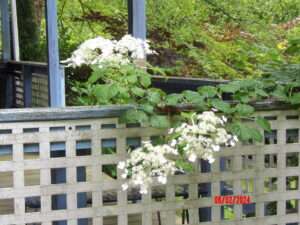
These are not seen very often since they are more for climbing trees, arbors, and even buildings. Duh, Climbing Hydrangea!
They really only need pruning if you want to control their growth or if a particular branch grows way more than his friends. By pruning it back a little, it will send out some more branching.
The bottom line is…
Try to remember what kind of hydrangea you buy. Keep the tags handy in a safe place for reference until you learn what to do.
If this is too far in the past, take a good look at how it grows. If it doesn’t get flowers this year, or in the past, it is probably a macrophylla or serrata.
If there are lots of dead white stems, it is another good indication of these. Thin out the dead stuff and give it some mulch for winter protection. You could even try moving it to a better location.
Conical white flowers that bloom on the end of this season’s growth, think paniculata. Large round white flowers and smooth leaves are good indicators of arborescens. I think you can figure out the clues for the others on your own.
The safest way to do this if you just gotta prune, is to prune your plant right after it blooms. Personally, I would take the wait and watch approach.
